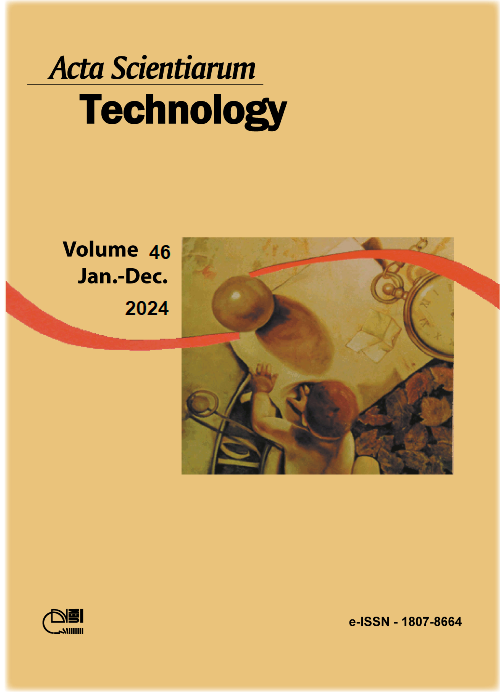Word association and check-all-that-apply accessing the difference between yogurt and fermented whey beverage
DOI:
https://doi.org/10.4025/actascitechnol.v46i1.64953Palavras-chave:
dairy products; sensory parameters; acceptability; consumer science.Resumo
Consumers see whey beverages as inferior products to yogurts, especially regarding texture and viscosity. The aim of this work was to evaluate consumers' perception of the differences between yogurt and fermented whey beverage using word association and check-all-that-apply (Cata). Untrained assessors (n = 100) evaluated samples of three commercial brands of liquid or stirred yogurt and whey beverage, of strawberry flavor. Chemical and physical parameters (pH, acidity, total solids, color, texture and syneresis) were determined to assist in the interpretation of the results. The study showed that physical and chemical characteristics were inherent to each product, with no homogeneity within each category. The texture was the parameter that most influenced consumer responses. Yogurt is not necessarily always more viscous than fermented whey beverages. In addition, sensory acceptability was not linked to the product category, pointing to the importance of the individual characteristics. Word association and Cata were able to access the main differences between both products and brought important qualitative and quantitative information regarding consumers´ opinions. This study contributed to demystifying the perception that fermented whey beverages have attributes considered inferior, such as lower viscosity and greater syneresis when compared to yogurts. It was found that there is a demand for information about yogurt and fermented whey beverages, which can influence consumers' opinions at the time of purchase.
Downloads
Downloads
Publicado
Como Citar
Edição
Seção
Licença
DECLARAÇíO DE ORIGINALIDADE E DIREITOS AUTORAIS
Declaro que o presente artigo é original, não tendo sido submetido í publicação em qualquer outro periódico nacional ou internacional, quer seja em parte ou em sua totalidade.
Os direitos autorais pertencem exclusivamente aos autores. Os direitos de licenciamento utilizados pelo periódico é a licença Creative Commons Attribution 4.0 (CC BY 4.0): são permitidos o compartilhamento (cópia e distribuição do material em qualqer meio ou formato) e adaptação (remix, transformação e criação de material a partir do conteúdo assim licenciado para quaisquer fins, inclusive comerciais.
Recomenda-se a leitura desse link para maiores informações sobre o tema: fornecimento de créditos e referências de forma correta, entre outros detalhes cruciais para uso adequado do material licenciado.



















